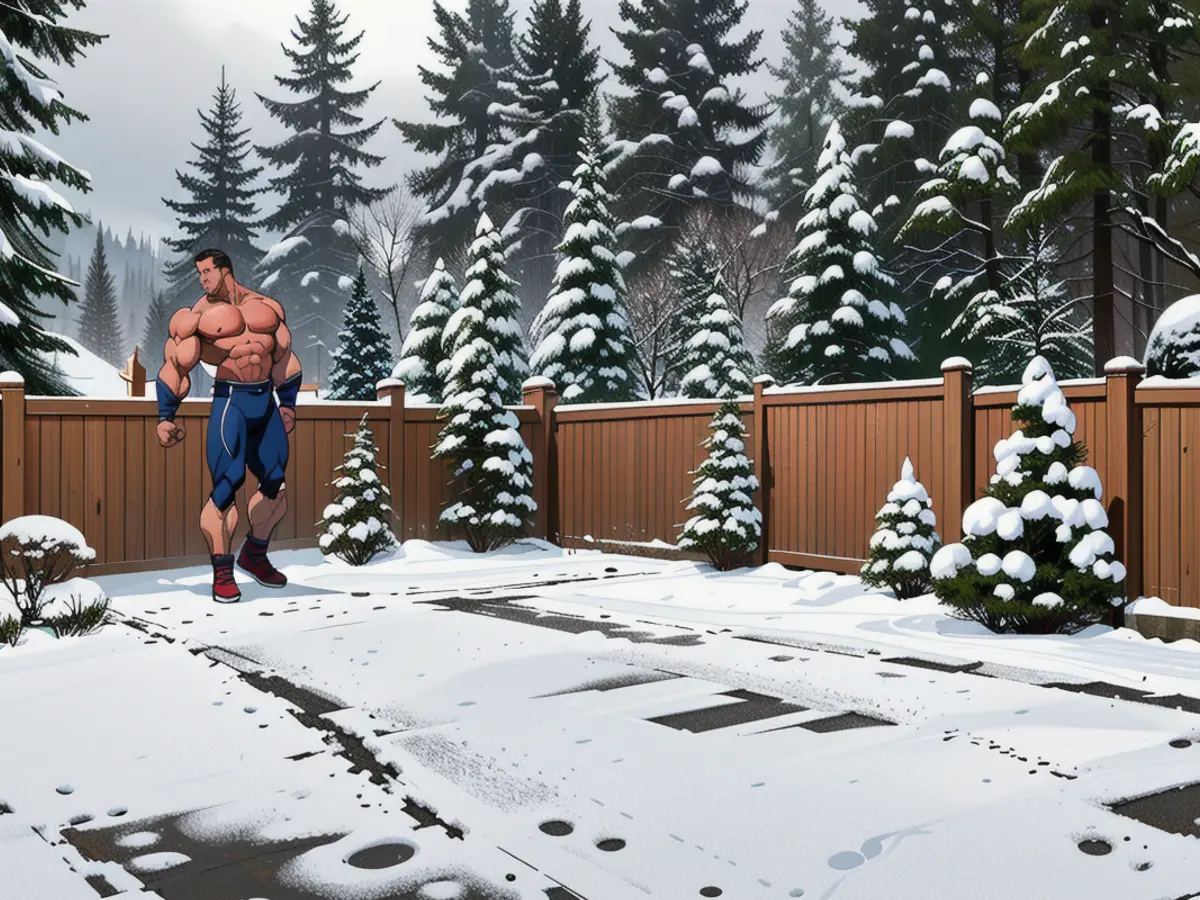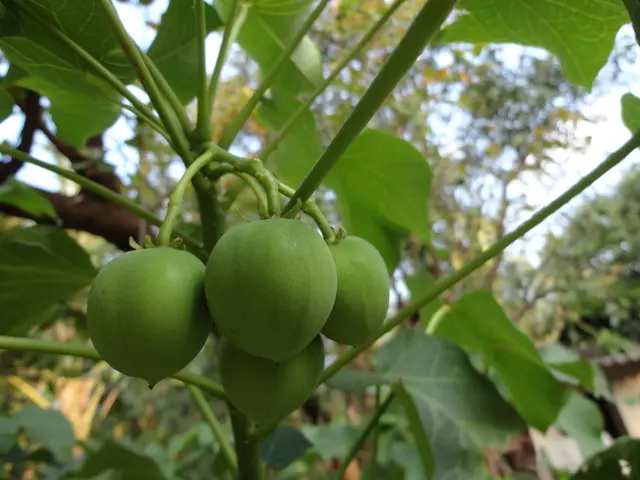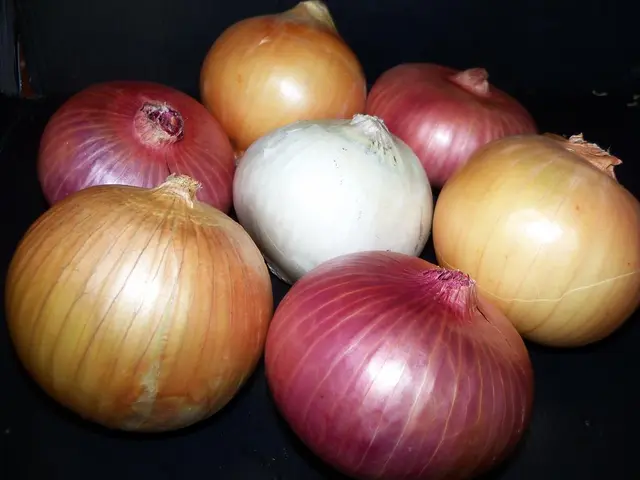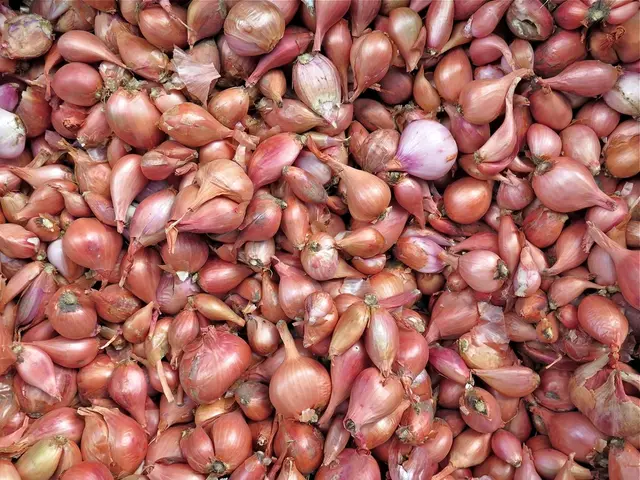Should You Water Your Lawn in Winter's Chill? Let's Dive In
During the chilly winter months, the climate in your area significantly impacts your lawn's growth. Some regions may witness slow growth, while others encounter dormancy. Mowing is significantly reduced, and in colder areas, snow blankets the lawn for extended periods. As winter progresses and snow melts in warmer regions, occasional watering may be necessary. But should you water your lawn during winter to prepare it for spring? We consulted experts to get the answers.
Dara Park, an associate professor of water and soil relationships in turfgrass systems at Clemson University, along with Bryan Smith, an area extension agent, and James Klett, an extension landscape horticulturist at Colorado State University, weighed in on the topic.
Moisture's Heat-Retaining Power
Winter's harsh conditions, including plummeting temperatures and drying winds, negatively impact your lawn. Properly hydrated turf stands up better to winter's temperature fluctuations, thanks to water's ability to preserve heat energy.
As the sun warms the soil surface in winter, fully hydrated soil loses heat more slowly during the night than dry soil. This extended heat retention lowers the likelihood of cold-damaged grass plants succumbing to the cold.
In essence, moist soil acts as an insulator, reducing heat loss across a grass plant's root zone. Whether actively growing or dormant, both types of grass benefit from moist soil's heat conservation capabilities.
Critical Fall Watering
Autumn irrigation plays a crucial role, surpassing the importance of watering during winter. For warm-season grasses and cool-season varieties alike, fall watering enables efficient root and shoot preparation for winter's looming cold and drying winds.
To thrive, both types of grass need sufficient moisture and essential nutrients in the fall. Facing dry conditions in fall can impair plants' ability to adequately prepare, often resulting in damage or death to portions of the root system.
Maintain proper water levels in your turf grass by providing around one inch of water a week in the fall. Even though growth may diminish and mowing becomes less frequent, your grass plants are actively developing robust root systems capable of withstanding winter's onslaught.
Winter Watering as Needed
Warm-season grasses, such as bermudagrass, St. Augustinegrass, and zoysiagrass, enter winter dormancy. Cool-season grasses like Kentucky bluegrass, fescues, and perennial ryegrass follow suit in colder regions.
Dormant lawns do not absorb water or nutrients. Generally, the required moisture comes from winter's natural precipitation. However, in desert southwestern regions, the arid landscape and drying winter winds necessitate providing turf with approximately one inch of water every couple of weeks, according to experts at Colorado State University. This watering schedule also helps combat clover mites, which prey on dry lawns during winter in the southwestern U.S.
First-time lawn establishment requires regular watering for about two months, regardless of the season. Continue watering new lawns until a sturdy root system has formed, typically around eight weeks after planting.
Winter Watering Tips
If you find yourself needing to water your lawn during winter, follow these essential tips:
- Temperature Considerations:
- Soil Moisture: Keep an eye on your soil moisture levels to avoid desiccation, which causes damage to grass roots and results in brittle, patchy lawns. Measure soil moisture using a garden probe or judge it by observing wilting, curling grass blades, and soil discoloration[2].
- Frequency:
- Dry Spells: Water during dry spells—not on a fixed schedule—to maintain healthy soil moisture. Inspect your lawn regularly and tweak irrigation settings based on weather conditions[2].
- Optimal Watering Time:
- Daytime Watering: Water your lawn during the day to prevent ice formation. Ensure soil remains moist, but not saturated, to deter fungal diseases[2].
- Irrigation System Adjustments:
- Adjust Settings: Modify your irrigation system's settings for winter watering to maintain soil moisture and enhance pre-emergent herbicide effectiveness, allowing even water distribution[2].
- BHG, a renowned home improvement retailer, emphasizes the importance of caring for your yard during winter, highlighting the benefits of watering your lawn as needed to prepare it for spring.
- According to Dara Park, an expert in turfgrass systems, properly hydrating your lawn during the fall through Gardening techniques like watering, helps maintain soil moisture and heat retention, promoting healthier turf grass during the harsh winter months.








